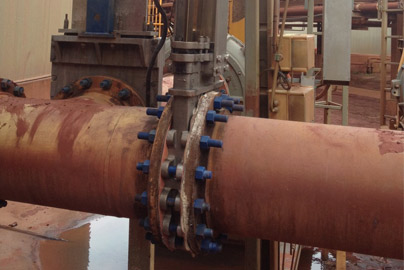Electric motors DC (Direct Current) are essential components in various applications, from small household appliances to large industrial machines. They convert electrical energy into mechanical energy, making them crucial for driving many devices. This article explores the workings of DC electric motors, their advantages, common applications, and the future of motor technology. Additionally, we will touch on their role in industries that utilize geogrid materials, highlighting their significance in modern engineering.
What are the main components of a DC electric motor?
A DC electric motor primarily consists of a stator, rotor, commutator, and brushes. The stator generates a magnetic field, while the rotor spins within this field. The commutator and brushes work together to ensure that the current direction in the rotor changes, allowing continuous rotation.

What are the advantages of using DC electric motors?
DC electric motors offer several advantages, including high starting torque, precise speed control, and simplicity in design. They are also easy to maintain and can operate at varying speeds without the need for complex control systems, making them suitable for various applications.
In what applications are DC electric motors commonly used?
DC electric motors are widely used in applications such as electric vehicles, conveyor systems, robotics, fans, and household appliances. Their ability to provide controlled motion makes them ideal for tasks requiring variable speed and torque.
How do DC electric motors relate to geogrid applications?
In the construction and civil engineering sectors, DC electric motors are often used in machinery that installs geogrid materials for soil stabilization and reinforcement. These motors enable precise control of equipment, ensuring the effective placement and tensioning of geogrids, which enhance the structural integrity of roads, retaining walls, and other structures.
Electric motors DC are pivotal in a multitude of industries due to their efficient operation and versatility. Their advantages in speed control and high starting torque make them ideal for both consumer and industrial applications. As technology advances, the integration of DC electric motors in geogrid installations will continue to grow, further enhancing the efficiency of engineering projects. Understanding these motors’ functionalities and applications will allow industries to leverage their benefits, driving innovation and improving performance across various fields.
